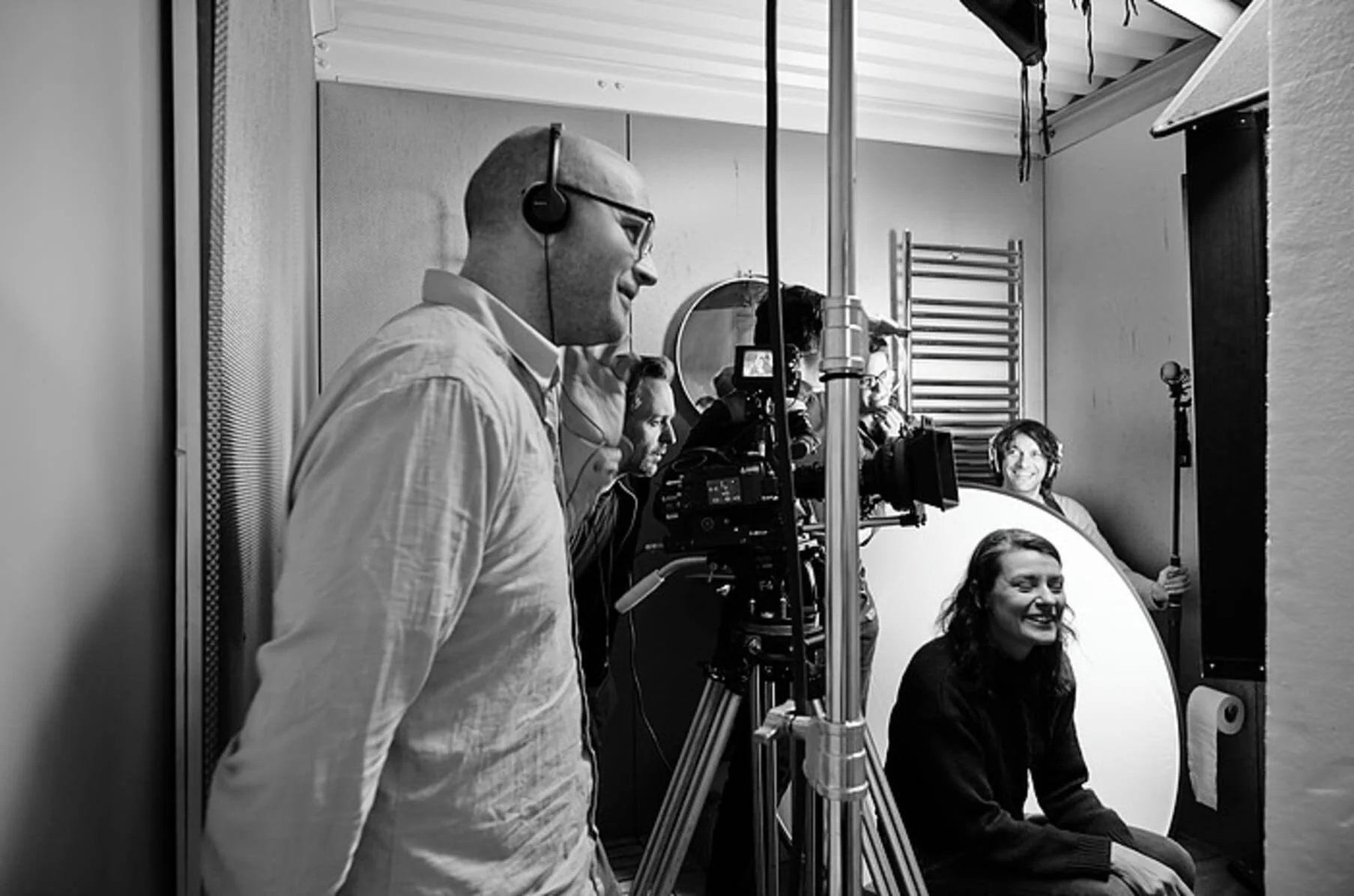A Conversation with the Director of Second Spring
For this particular story we need to back-track to one fog-ridden morning in 2011, when inadvertently so, the first seeds were planted alongside the Thames river in Greenwich…
Upon the backdrop of a run-down industrial site a small team were feeling their way through the limitations and possibilities of devised drama.
As director Andy Kelleher explains, their intentions on the day were instinctive and organic:
ʻWe went down at 7am on a really cold morning and shot on a film camera with three old rolls of film stock…ʼ
For actors Cathy Naden and Jerry Killick, this approach was something they were most certainly not adverse to. The pair share a background in devised theatre; an environment that allows narrative and character development to manifest itself within the capacious creative room for humanistic drama.
5 years later, the environment is rife for a Second Spring… and director Andy Kelleher sits down with me to discuss his latest feature, which he describes as:
“Personal cinema with a propensity for humanism”.
As I learn more of this story, it is striking to me how much beauty lays in itʼs simplicity.
A woman (played by Cathy Naden) that leaves her husband happens to be diagnosed with a mental condition. This condition- known as Fronto Temporal Degeneration, is a slow, progressive illness.
Andy is quick to point out however that in no means does the film centre itself around the melodramatic nature that can shadow illness. As the protagonist reconnects with herself over a 6 month period from Autumn to Spring, we follow her through varied stages of inward and outward growth.
True in many ways to the nature of the illness, Second Spring illustrates that the changes bare the realism of subtlety. From what I understand, the film wields a certain autobiographical element that most of the key players themselves identify with on some level. In many ways, this likemindedness of cast and crew is what has enabled him to craft the drama with an unabashed honesty and integrity.
“Itʼs about modern relationships, at least how I perceive them… by the end the character experiences a spiritual shift”.
-Andy Kelleher (Director of Second Spring)
Shot on location by cinematographer Jonas Mortenson on the last reserves of Fuji film stock, itʼs no coincidence that the vibrancy behind the various backdrops seem to breathe a life of itʼs own alongside the characters in the film. As I learn more of the story, this seems an integral motif to touch on.
When Martin Herron came on board as screenwriter, and formalised the story that Andy had etched out along the banks in 2011, the two took an odyssey out to the Hoo Peninsula and literally walked through the filmtogether. In what they affectionately described as a ʻbeguilingʼ landscape, Andy and Martin had earmarked the location for the profound impact it would add to Second Spring.
Indeed there is much about that particular inlet to be inspired by. Charles Dickens had once walked that same peninsula to channel inspiration… David Lean had shot several famous scenes from Great Expectations along itʼs banks.
Andy tells me the locations and settings were paramount for creating a backdrop that assisted with the story, but also gave them ample creative room to weave the narrative around. He explains the somewhat fractured relationship of the protagonist with her architect husband, and the dilapidated house they used that was on the verge of being torn down. As they continued with production they noticed certain peculiar coincidences were almost aligning in subtle syncopation.
To Andy, the nature of all good drama is realism; and this process should be organic.
From the viewpoint of a filmmaker, he tells me that much of the creative process involves thinking outside of the box. When working within the cramped parameters of modest budgets, one needs to be both fearless and flexible.
When we talk of hurdles and adversities, Andy is quick to point out that finding avenues for funding and investment in what is primarily a piece of independent cinema has been problematic at times. In spite of all this, the other side of the coin is certainly an upshot. Creatively, they have had to compromise little; and that for Andy is what matters most in the end.
Second Spring lends its title from the Albert Camus quote:
ʻAutumn is a second spring when every leaf is a flowerʼ.
I think there is resonance to be found in those words for us all. It signifies notions of change and growth… redemption and release.
Written for the press release for the feature film Second Spring, March 2018
Read more about Second Spring here.



